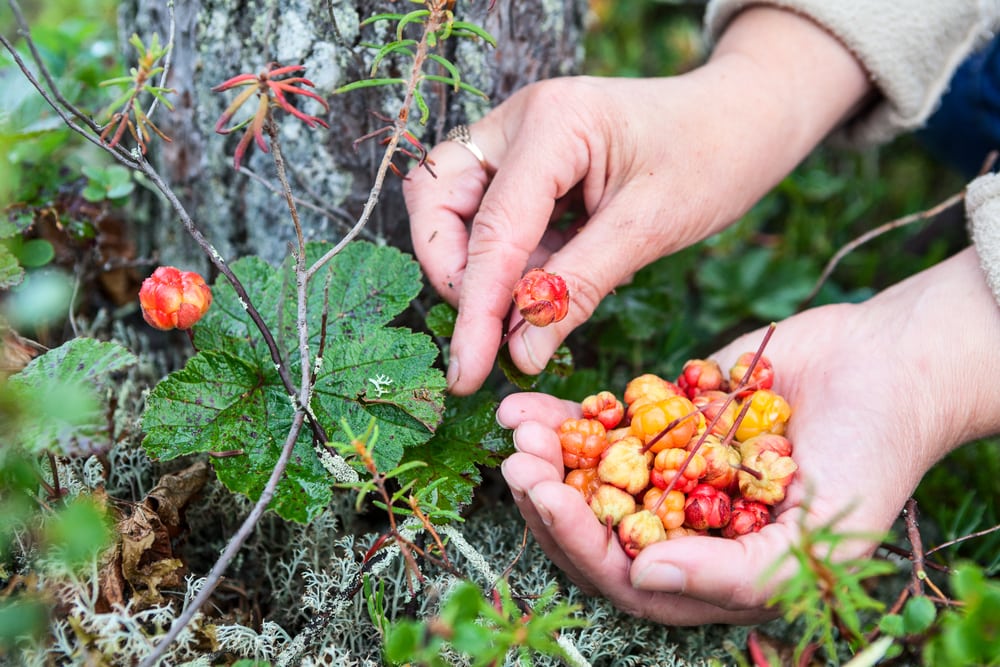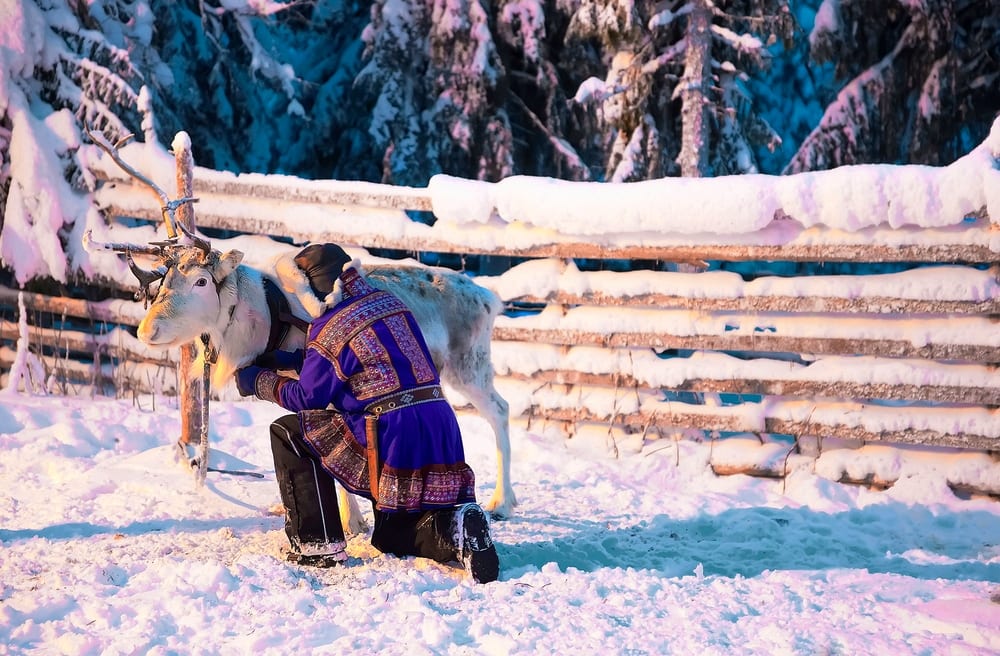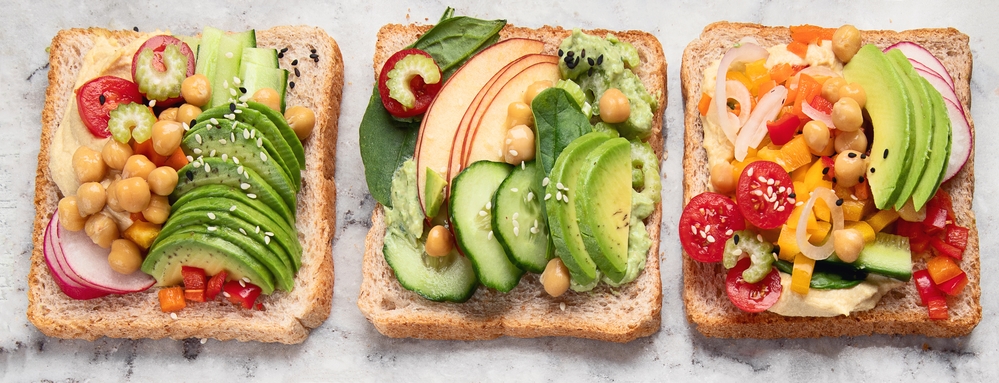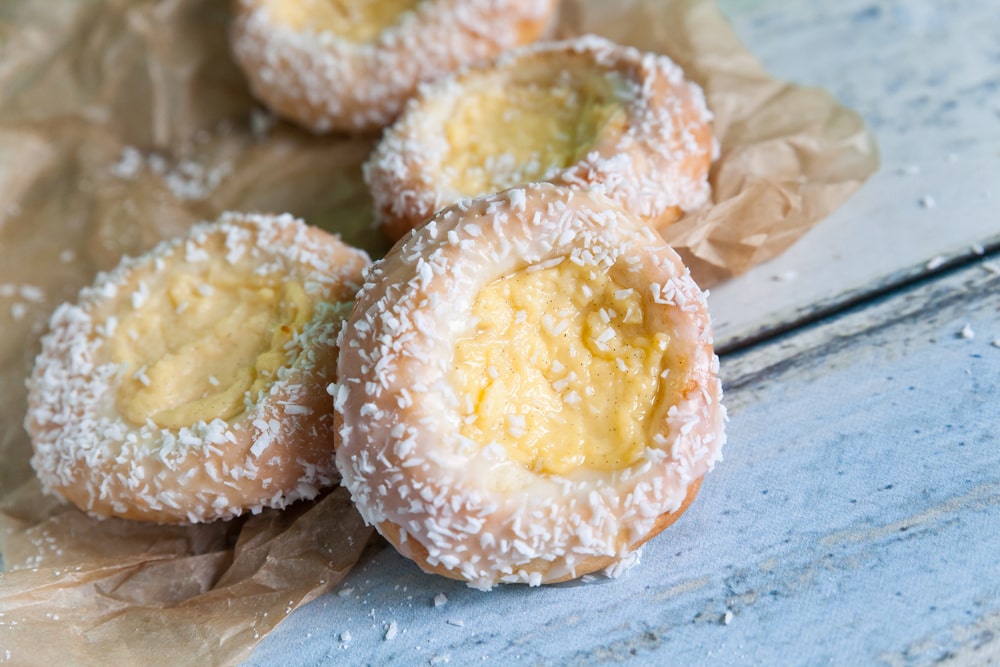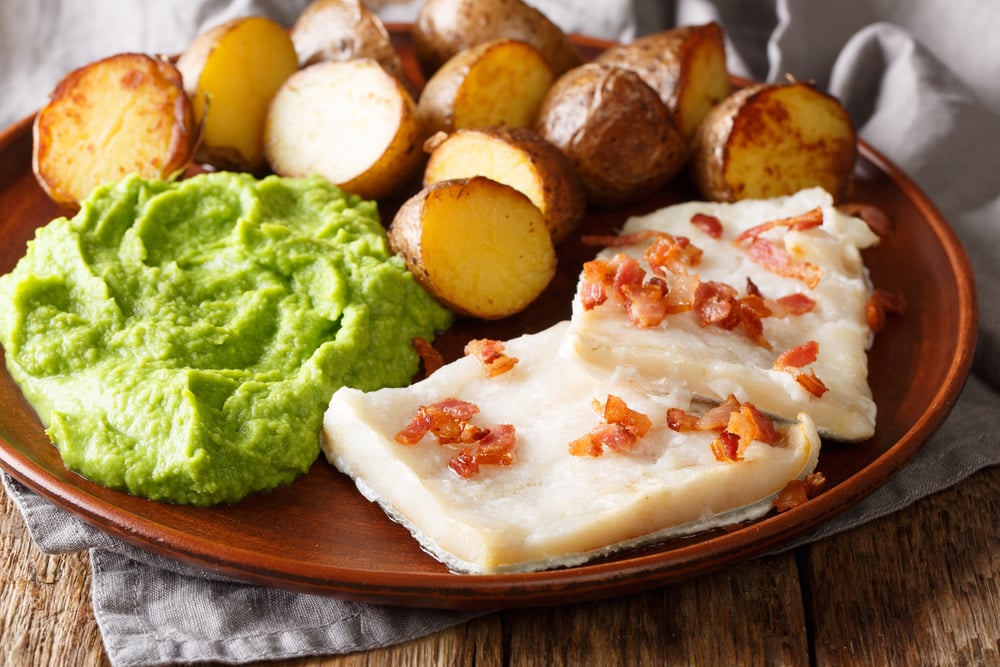Food in Norway: Traditional Norwegian Food to Try
When it comes to experiencing a country’s culture, one of the most essential aspects to explore is its traditional food. On a larger scale than most people realize, food is not just a part of the culture it can define culture.
This rings especially true for Norway, a land famous for its stunning landscapes and rich cultural heritage. Embracing Norwegian food is an integral part of immersing oneself in the Norwegian way of life. Whether you are planning a visit to Norway or simply want to explore its culinary traditions from your location, this guide takes a look at traditional Norwegian foods you can try or make at home.
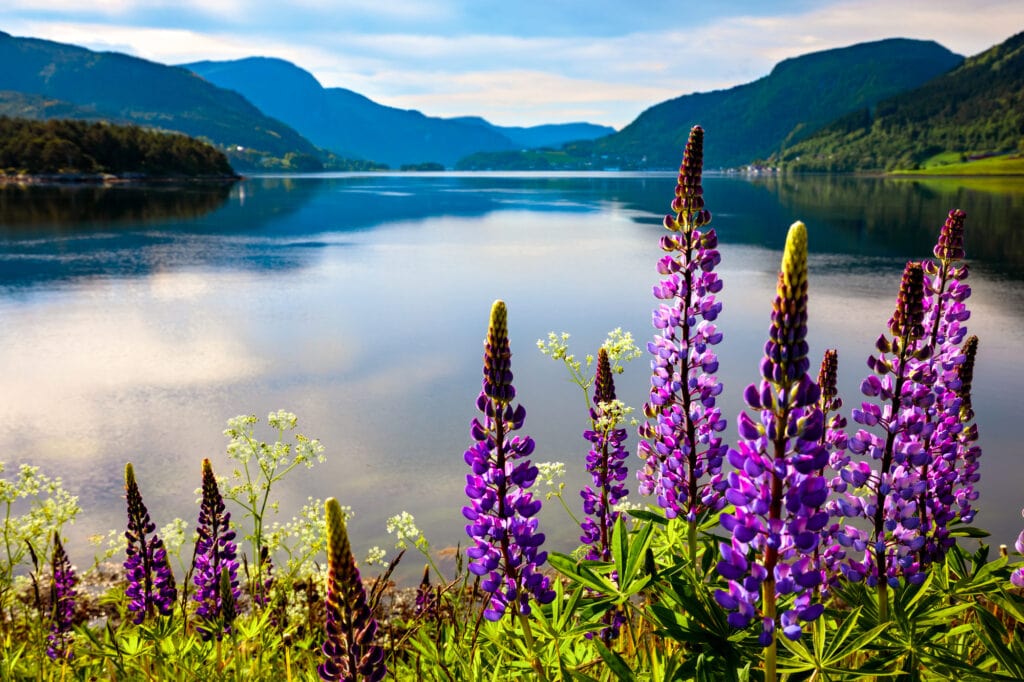
Food tourism may sound like some kind of new trend but culinary experiences, culinary tourism, gastronomy tourism, travelling for food and travel for food have all been around for a very long time Food is the linchpin of society and it creates a connection between our beliefs, our ethnicity, our individual cultures and our cultural heritage.
- Food in Norway: Traditional Norwegian Food to Try
- What are the Most Traditional Norwegian Dishes?
- Traditional Norwegian Seafood Dishes
- Food in Norway: Norwegian Desserts
- Exploring Norwegian Breakfast Traditions
- Ingredients in Traditional Norwegian food
- Traditional Norwegian Christmas Food and Celebrations
- Culinary traditions in Norway.
- Where to Find Authentic Norwegian Food?
- Food Tours Offering Traditional Norwegian Cuisine
- Best Places to Eat in Norway
- What to eat in Norway – 26 Norwegian Dishes
- Questions and answers about Norwegian food
What are the Most Traditional Norwegian Dishes?
Norwegian cuisine has a long history dating back hundreds of years, characterized by fresh, locally-sourced ingredients and simple yet flavorful preparations. From the coastal regions to the inland areas, traditional Norwegian dishes are heavily influenced by the country’s natural resources, including an abundance of seafood and game meats.
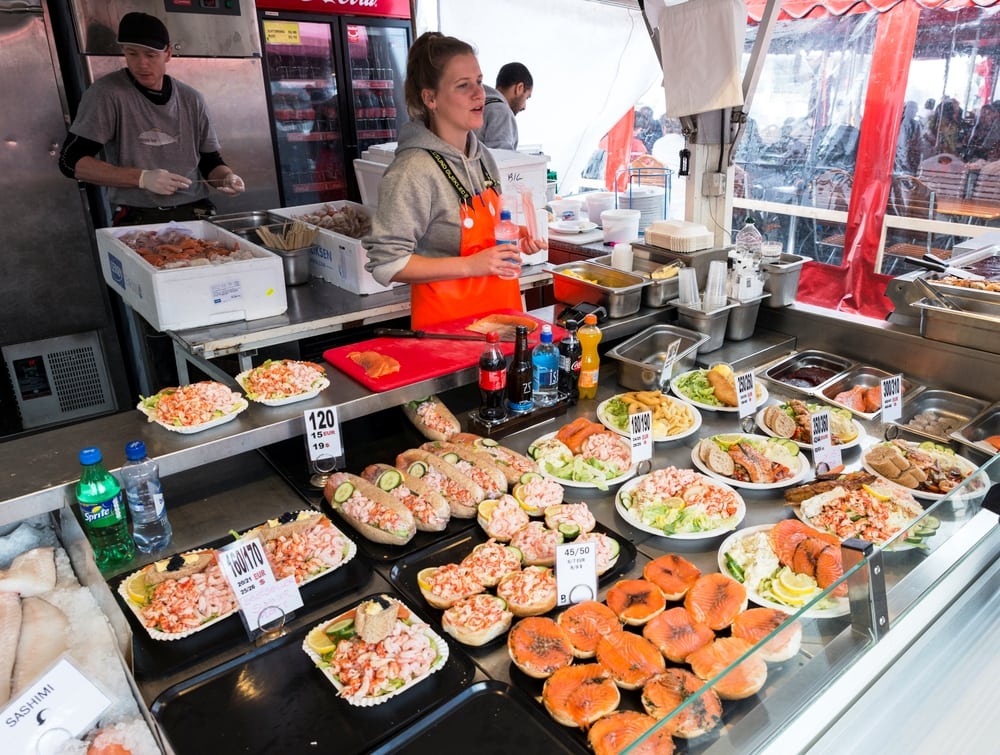
Traditional Norwegian Seafood Dishes
Seafood plays a central role in Norwegian cuisine, and the most iconic dish in Norway is lutefisk, a type of dried fish that is rehydrated and served with a variety of accompaniments.
Food in Norway: Norwegian Desserts
For those with a sweet tooth, Norwegian desserts offer a delightful array of treats. From the classic kransekake, a traditional almond cake, to the indulgent verdens beste (world’s best cake), Norway boasts an assortment of confections that are sure to satisfy any dessert lover.
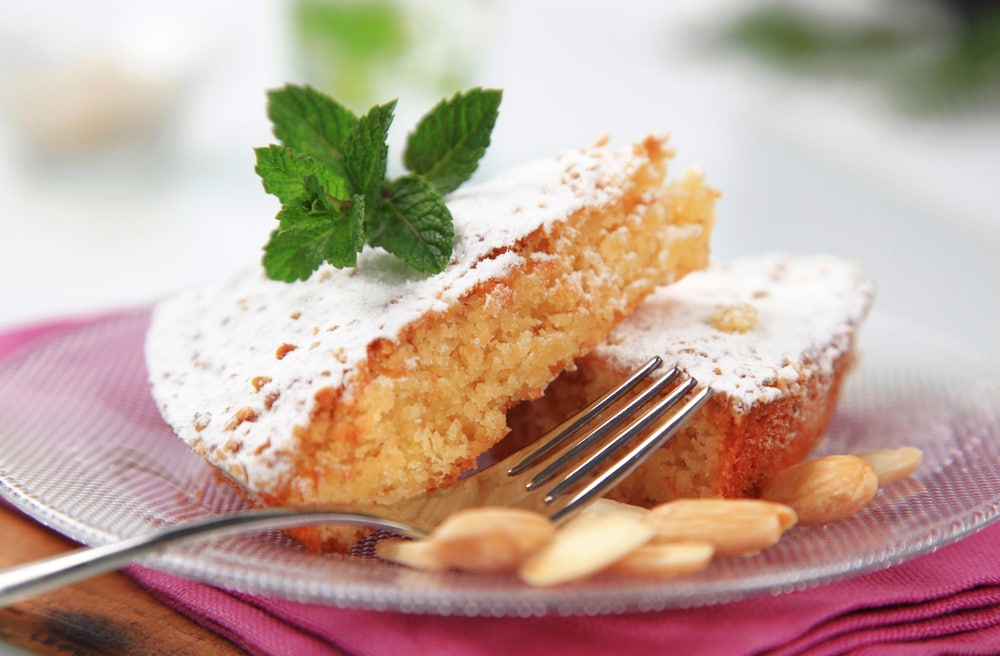
Exploring Norwegian Breakfast Traditions
Norwegian breakfasts often include a variety of cheeses, meats, and bread, with brunost (brown cheese) being a staple item. This unique cheese, known for its distinctive caramelized flavor, is a must-try for anyone wishing to experience a traditional Norwegian breakfast.
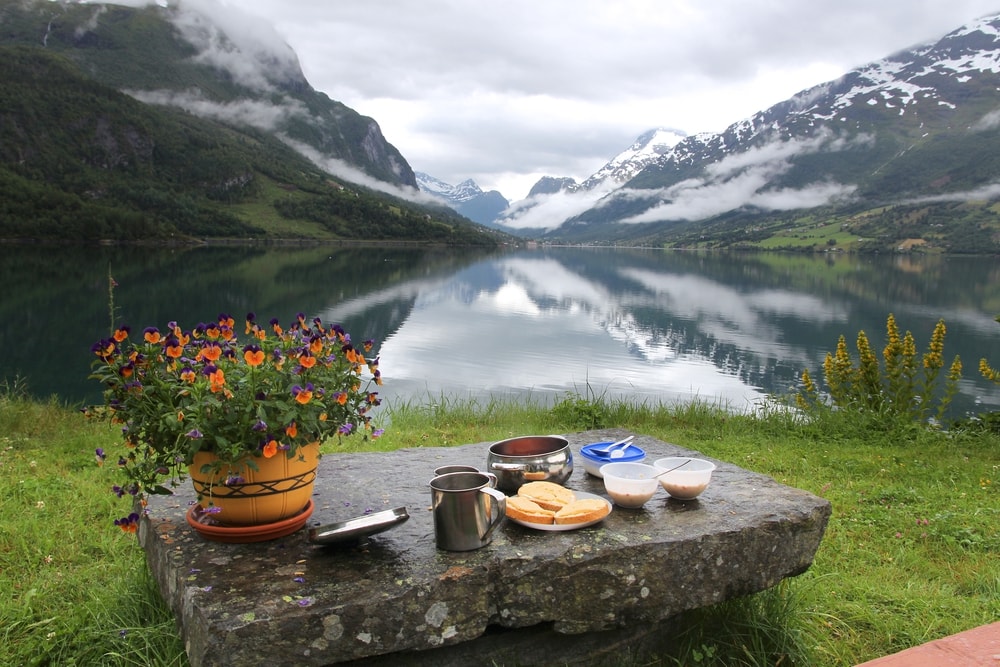
Ingredients in Traditional Norwegian food
Norwegian Seafood
Given Norway’s extensive coastline, seafood such as salmon, cod, and herring is a vital component of Norwegian cuisine. These ingredients are often prepared using traditional smoking methods, imparting a distinctive flavor that is synonymous with Norwegian traditional food.
Lamb and Mutton in Traditional Norwegian Dishes
Lamb and mutton feature prominently in traditional Norwegian dishes, with preparations ranging from hearty stews to delicately seasoned roasts.
The unique Norwegian Brown Cheese
One of the most unique products in Norwegian cuisine is brunost (brown cheese), a sweet and tangy cheese made from caramelized milk. This renowned cheese is often served alongside bread and is a beloved element of Norwegian culinary heritage.
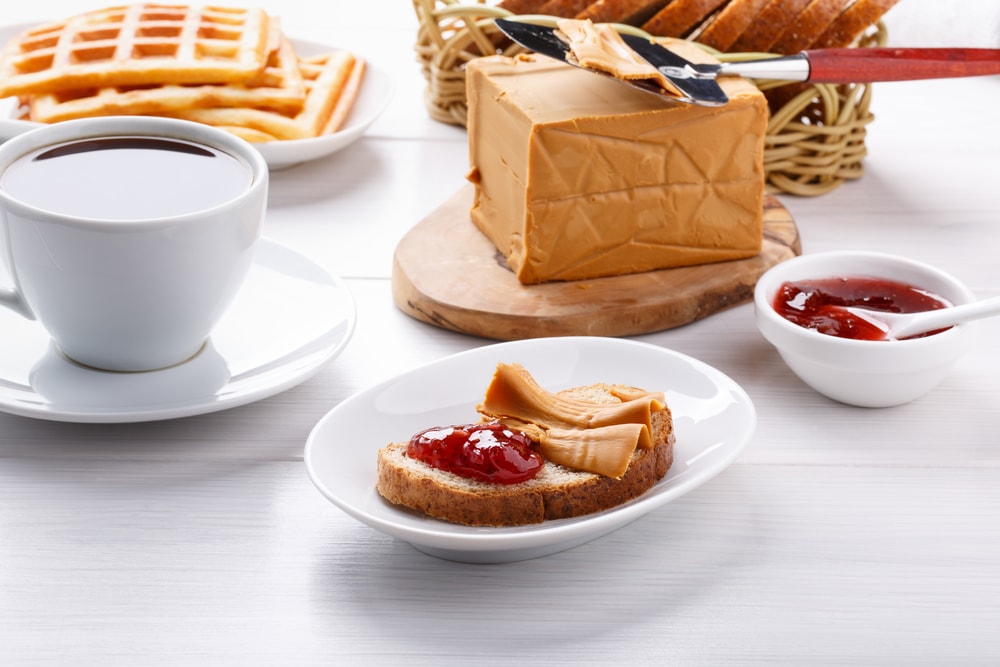
Sour Cream in Norwegian Cooking
Sour cream is a ubiquitous ingredient in Norwegian cooking, used in both savory and sweet dishes. Its creamy texture and tangy flavor add depth to numerous traditional Norwegian recipes, including soups, sauces, and baked goods.
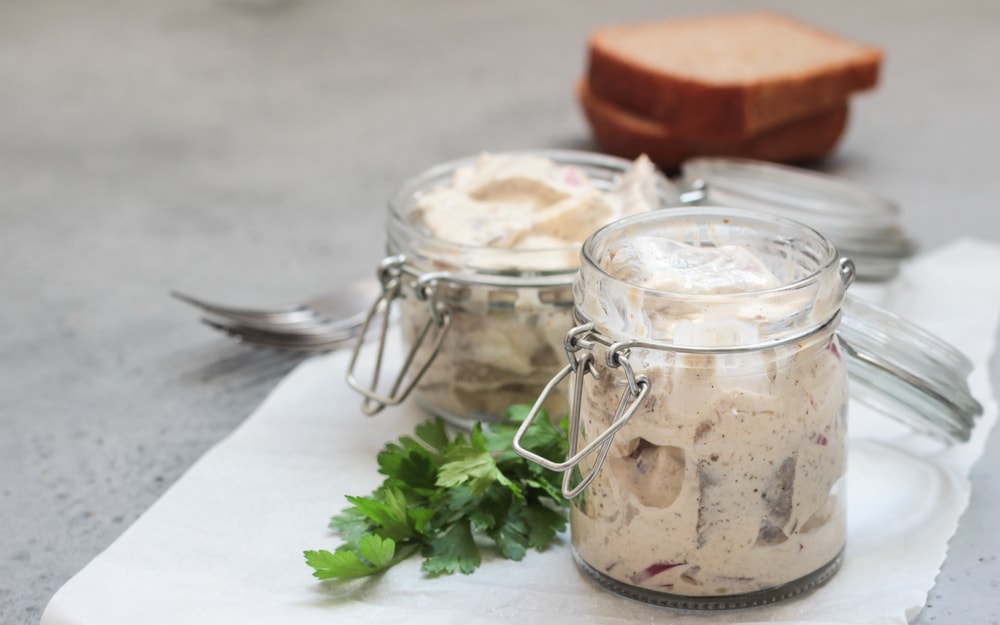
Waffles in Norwegian Food Culture
In Norway, waffles are a beloved culinary treasure, often enjoyed with a variety of toppings such as sour cream, jam, and brunost. Whether served as a snack or as part of a festive gathering, waffles hold a special place in Norwegian food culture. In contrast to American waffles, which are primarily a breakfast item,
Norwegian waffles are a versatile treat enjoyed at any time of the day. These waffles are thinner and softer than their American or Belgian counterparts and are adorned with a range of toppings.
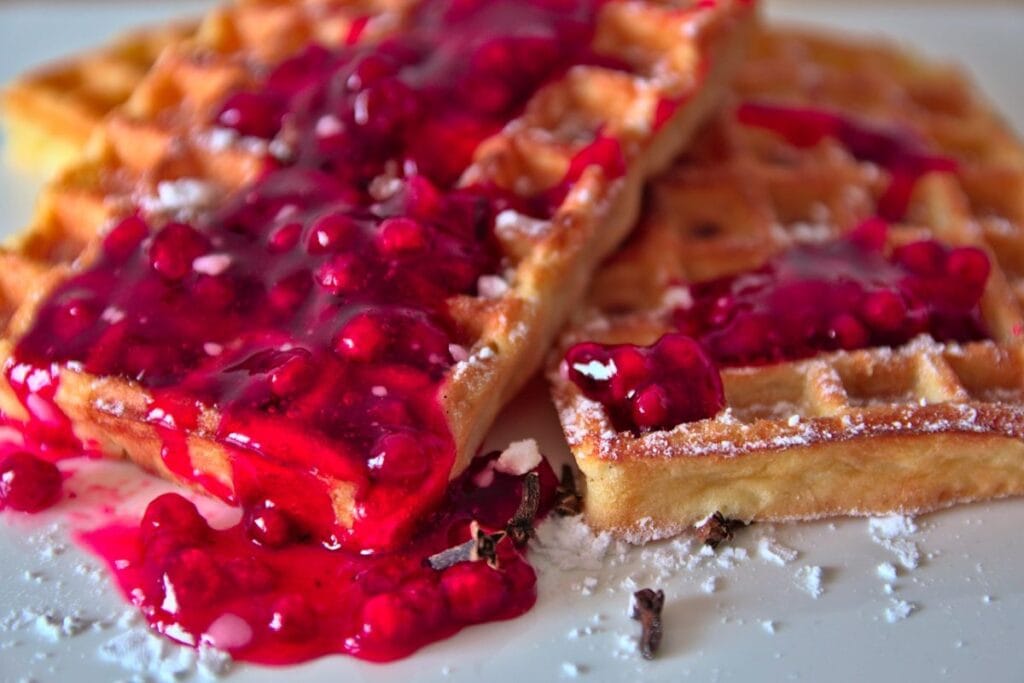
Popular choices include whipped cream, sour cream, brunost (brown cheese), gomme (sweet cheese), berries, jam, and sugar. While sweet toppings are more common, they can also be paired with savory ingredients such as blue cheese, sausage, or eggs.Vafler means “waffles”
Traditional Norwegian Meatball
Another cornerstone of Norwegian cuisine is the traditional meatball, known as kjøttkaker. These delectable meatballs are made from a blend of ground meats, typically served with a rich gravy and accompanied by potatoes and lingonberry sauce.
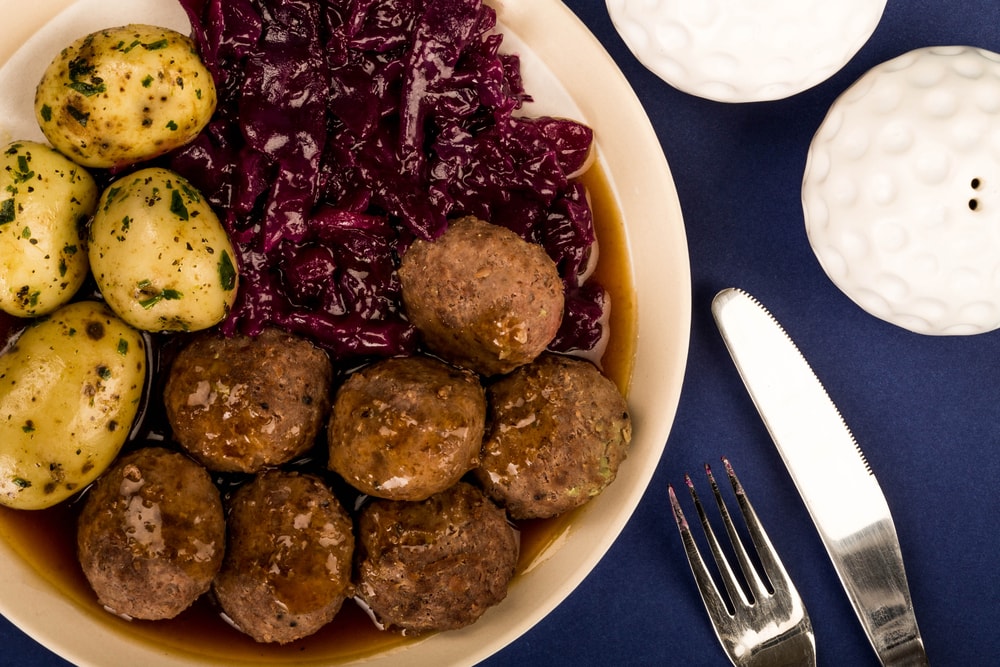
Traditional Norwegian Christmas Food and Celebrations
During the festive season, Norwegians indulge in a variety of traditional dishes, including the iconic pinnekjøtt (cured and steamed lamb or mutton ribs) and lutefisk, which are central to the Christmas time
Culinary traditions in Norway.
Sour Cream Porridge
An essential part of Norwegian Christmas celebrations is rømmegrøt, a creamy Norwegian sour cream porridge served with sugar, cinnamon, and a generous dollop of butter. This comforting dish holds symbolic significance during the holiday season.
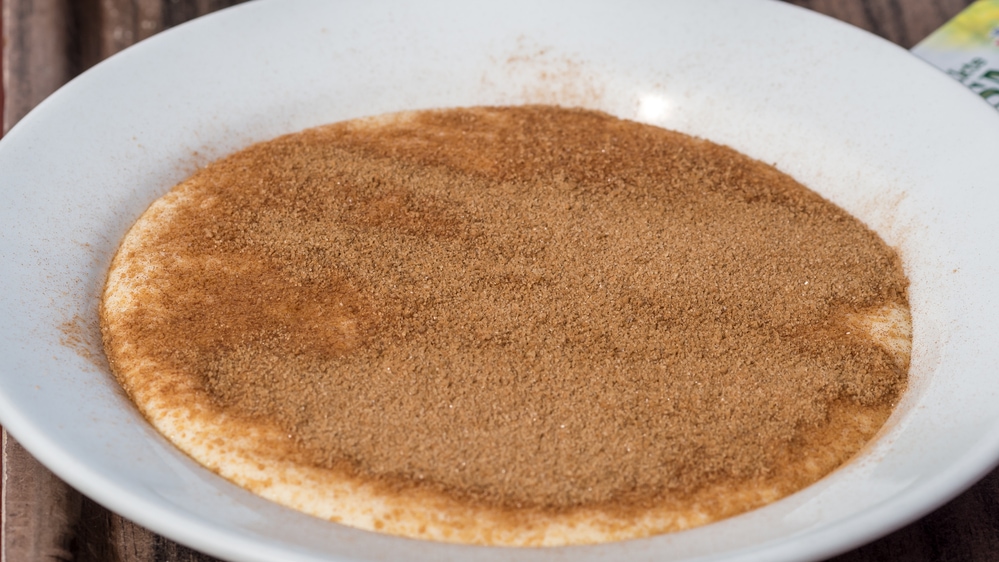
Importance of Seafood, Especially Pickled Herring
Seafood remains a big part of Norwegian cuisine, and no matter what region of Norway you visit, you’re likely to be able to sample fantastic locally sourced seafood. Seafood, particularly pickled herring, is prominently featured in Norwegian celebrations and festivals. Whether enjoyed as a part of midsummer festivities or as a traditional accompaniment to Easter meals, pickled herring holds a cherished place in Norwegian culinary customs.
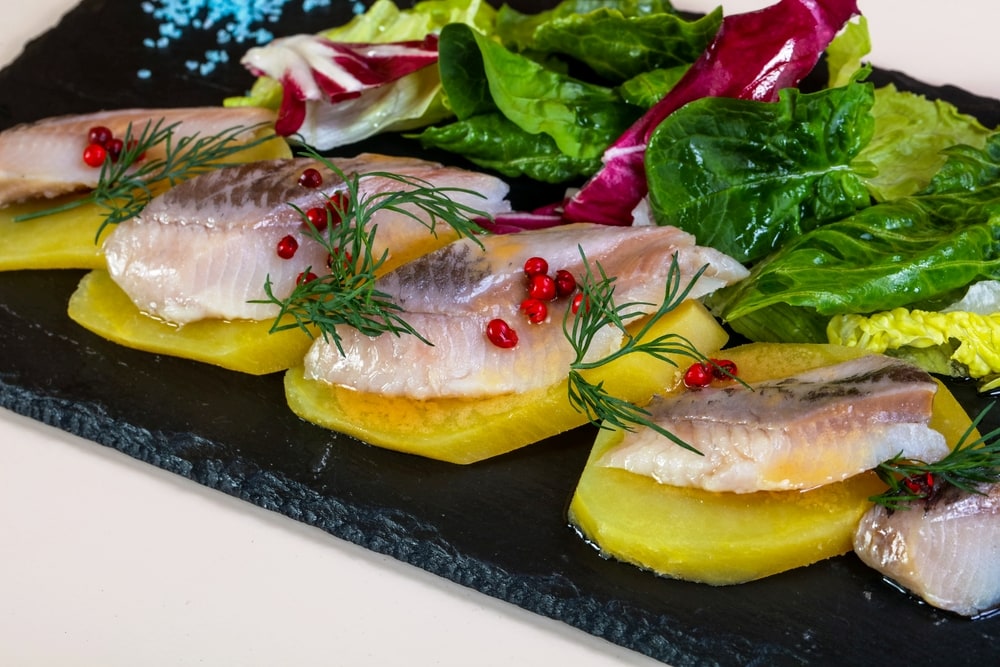
Where to Find Authentic Norwegian Food?
Food Tours Offering Traditional Norwegian Cuisine
One of the best ways to sample authentic Norwegian food is by embarking on a food tour that takes you to local eateries and hidden culinary gems. These tours provide an excellent opportunity to taste a wide range of traditional dishes and gain insight into the nuances of Norwegian cooking.
Oslo Alternative Culture and Street Food Tour
Discover Oslo’s alternative side—and enjoy an indulgent sampling of the city’s finest street food bites—on this immersive walking tour. Meet your guide in the afternoon in the city’s Vulkan neighborhood, and come prepared with an appetite: you’ll enjoy tastes of everything from traditional Norwegian hot dogs and waffles to hot cocoa and cured meats. In between, learn all about the city’s creative, cultural offerings, and hear insider stories from your guide.
Read more about Oslo Alternative Culture and Street Food

Best Places to Eat in Norway
If you are visiting Norway on a cruise please take the time to seek out local restaurants and cafes otherwise you will miss an essential treat on your Norwegian bucket list. For those visiting Norway, seeking out restaurants and eateries that prioritize traditional Norwegian cuisine is essential. From charming family-owned establishments to upscale restaurants, there are numerous avenues to savor the flavors of Norway.
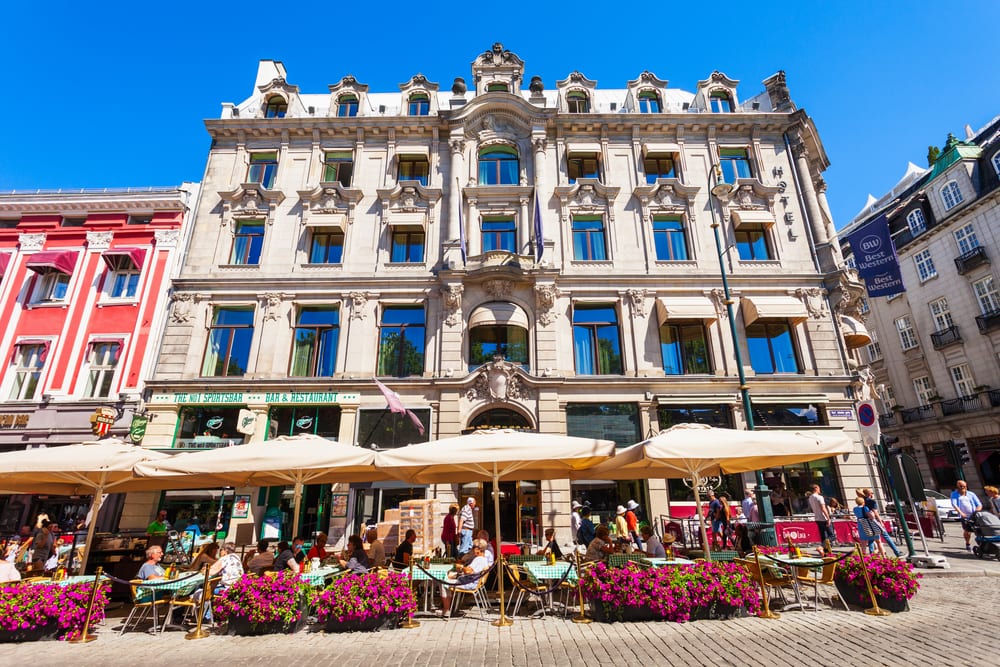
Maaemo
Explore the culinary marvel that is Maaemo, nestled at Schweigaards gate 15B, 0191 Oslo, Norway. Hailed as Norway’s premier Michelin-starred dining haven, Maaemo is the brainchild of this Danish culinary virtuoso.
Savour the exquisite seasonal menu. Each dish is a masterpiece, crafted from ingredients meticulously sourced from biodynamic farms and adventurous foraging escapades in the Norwegian mountains.
Securing a reservation at Maaemo is no small feat; booking months in advance is often necessary. However, larger parties of more than two can find availability sooner.
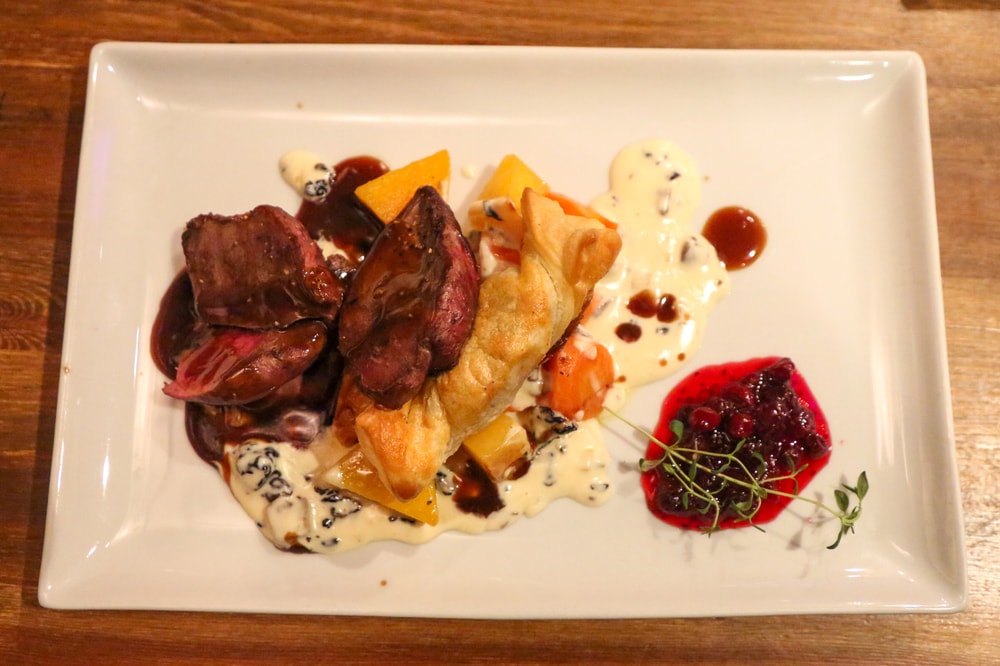
Huken Pub
Nestled in Tromsø, Huken Pub sits at Strandgata 22 and exudes a charming blend of coziness and character.
Sink your teeth into Huken’s signature burgers, generously stacked and dripping with flavorful sauces. Alternatively, indulge in the beloved American-style pancakes adorned with blueberries and crispy bacon. Despite its intimate size, Huken Pub boasts a commendable selection of beers, drawing in a lively crowd of enthusiasts as evening falls. To enjoy your feast, it’s advisable to arrive early and secure your spot before the pub fills up.
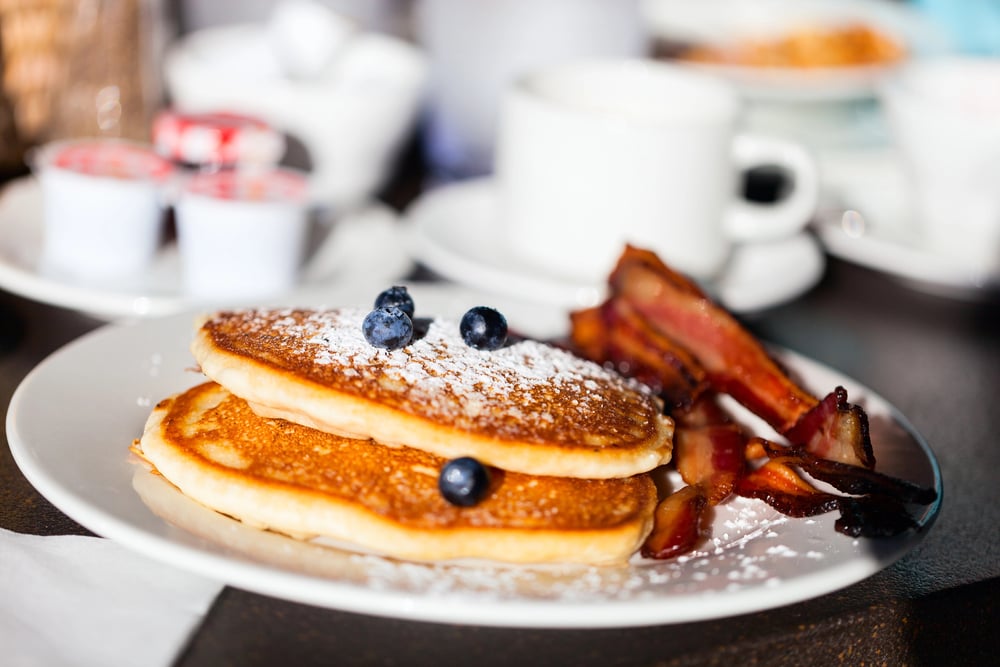
Mathallen
Mathallen Oslo, located at Vulkan 5, 0178 Oslo, Norway. This is an outstanding food hall, and a beacon of culinary excellence.
There are 27 diverse eateries, ranging from beautiful cupcakes to tantalizing tapas and flavorful bento boxes. Can’t make up your mind? Head to the Torget stall and indulge in the Taste of Mathallen menu, a culinary journey showcasing the best dishes from across the hall.
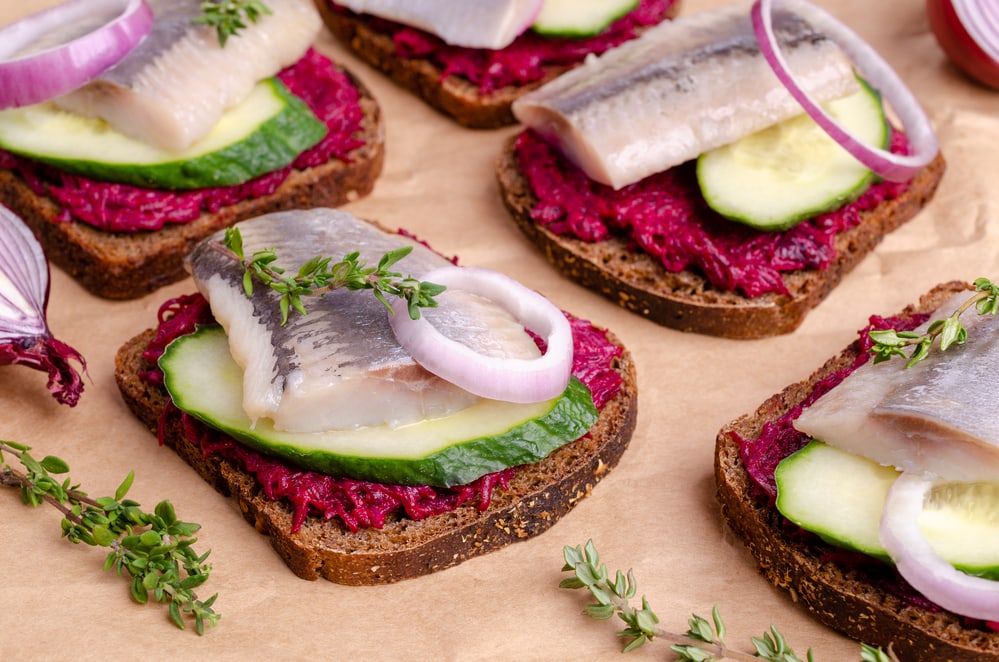
What to eat in Norway – 26 Norwegian Dishes
Norwegian cuisine features a variety of traditional dishes, often influenced by the country’s geography and climate. Here is a list of some traditional Norwegian foods:
- Rakfisk: Fermented fish, often trout or salmon.
- Rømmegrøt: Sour cream porridge, usually served with sugar, cinnamon, and butter.
- Pinnekjøtt: Dried and salted lamb or mutton ribs, typically served at Christmas. Pinnekjøtt is a traditional Norwegian Christmas dish of steamed lamb ribs paired with pureed rutabaga and boiled potatoes.
- Koldtbord: A cold buffet with various cold dishes, such as cured meats, fish, and salads.

- Gravlaks: Cured salmon, often served with mustard sauce called sennepssaus. Gravlaks refers to Norwegian salmon that’s been cured using salt, sugar, and dill.
- Smoked Salmon: Smoked salmon is one of the most internationally famous Norwegian dishes. It’s one of Norway’s biggest exports.
- Kjøttkaker: Kjøttboller and kjøttkaker are similar to the more famous Swedish meatball though the Norwegian version is usually larger.
- Lefse: Soft, thin flatbreads often served with butter and sugar, or used for wrapping other ingredients.
- Lefserull: Rolled lefse with various fillings like butter, sugar, and cinnamon.

- Raspeballer: Potato dumplings, commonly served with meat and a sauce.
- Sursild: Norwegian Pickled herring, prepared in various ways.

- Smalahove: Traditionally, a sheep’s head that is salted and dried, then boiled or steamed.
- Pølse med lompe: Hot dogs served in a soft, flatbread called lompe.
- Fårikål: The Norwegian National Dish is stew made with mutton or lamb, potatoes and cabbage.

- Brunost: Brown cheese, a sweet and tangy cheese made from whey.
- Fiskekaker: Fish cakes or fish balls which are a staple food in Norway and made with various types of fish, potatoes, and seasoning. Fiskeboller refers to Norwegian fish balls.
- Krumkake: Similar to Italian Pizzelle Norwegian Krumkake is a curved cone of dough cooked on a special griddle. The cone is then filled with cloudberries and whipped cream.
 ©Jonathunder, CC BY-SA 3.0
©Jonathunder, CC BY-SA 3.0 - Lapskaus: Lapskaus refers to a thick Norwegian stew made with different types of meat, vegetables, and potatoes. It’s a rich and filling stew that may be derived from lobscouse – a similarly sailor’s stew called Souse associated with the city of Liverpool.
- Fiskesuppe: Fiskesuppe refers to a creamy Norwegian soup made with fresh fish, shellfish, root vegetables, and fresh herbs.
- Cloudberries: A type of berry often used in desserts and jams.

- Tørrfisk fra Lofoten: When it comes to the traditional food in Norway, refers to Norwegian stockfish made from naturally air-dried cod.
- Reindeer Meat: The indigenous Sami of Norway herd and hunt reindeer which is known as “røkt reinsdyrskav” or “reinsdyrkjøtt,” Reindeer dishes may include smoked or dried reindeer meat slices served with flatbread, in stews, or as a main course.

- Finnbiff: Finnbiff is a type of Norwegian stew made with reindeer. Game meats are common in Norway and finnbiff is the most widely consumed dish made with reindeer meat.
- Bidos: Bidos is another kind of Norwegian stew made with reindeer meat. It’s native to the Sámi people. The dish is most often served at Sami Weddings and other special occasions.
- Pålegg: In Norway, a ‘pålegg’ is essentially an open sandwich featuring a single slice of bread with various toppings. For breakfast and lunch, Norwegians commonly enjoy bread or crispbread paired with an array of toppings.

- Skolleboller: A traditional Norwegian dessert of a cardamom flavoured bun with vanilla custard and decorated with icing dipped in coconut.

- Lutefisk: Dried fish rehydrated in a lye solution, then cooked. The fish is usually dried cod but sometimes Ling is used.

These dishes represent a mix of flavors and textures, reflecting Norway’s culinary traditions and regional influences. Keep in mind that food preferences and traditional dishes can vary across different parts of the country.
Questions and answers about Norwegian food
Q: What are some traditional Norwegian dishes to try?
A: Some traditional Norwegian dishes to try include lutefisk, rakfisk, fårikål, Pinnekjøtt, and rømmegrøt.
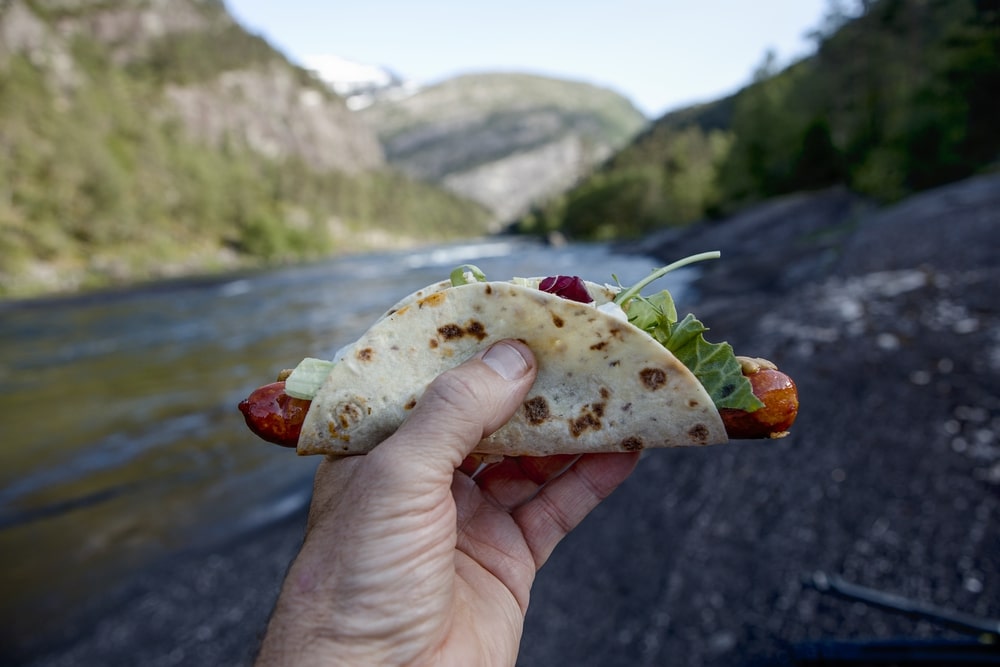
Q: What is a typical Norwegian breakfast like?
A: A typical Norwegian breakfast consists of bread with cheese or jam, along with coffee or tea.
Q: Where can I find the best seafood in Norway?
A: You can find the best seafood in Norway at coastal regions like Bergen, Tromsø, and Stavanger, as well as in local fish markets and seafood restaurants.
Q: What is brown cheese in Norwegian cuisine?
A: Brown cheese, also known as brunost, is a traditional Norwegian cheese made from whey and has a sweet caramel flavor.
Q: What are some popular Norwegian desserts?
A: Some popular Norwegian desserts include krumkake, riskrem, lefse, and multekrem, which are often enjoyed during holidays and celebrations.
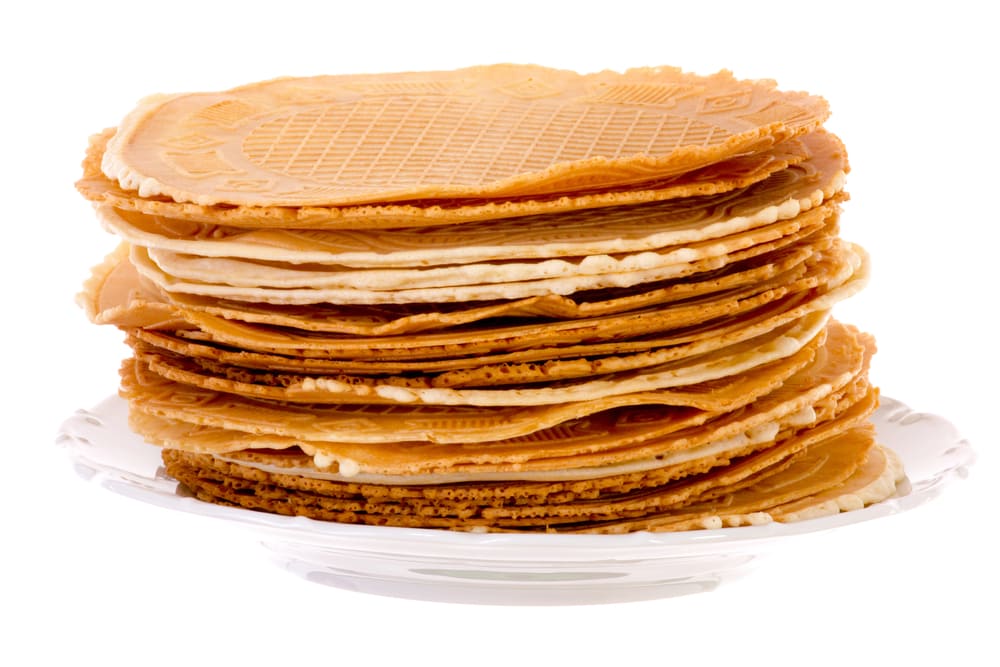
Q: How is sour cream porridge prepared in Norway?
A: Sour cream porridge, or rømmegrøt, is prepared by combining sour cream, flour, and milk, and is often served with sugar, cinnamon, and butter.
Q: Are food tours popular in Norway?
A: Yes, food tours are popular in Norway as they offer a great way to explore traditional Norwegian food and local culinary experiences.
Q: What are some staple foods in Norwegian cuisine?
A: Some staple foods in Norwegian cuisine include salmon, herring, potatoes, flatbread, and various dairy products like cheese and sour cream.
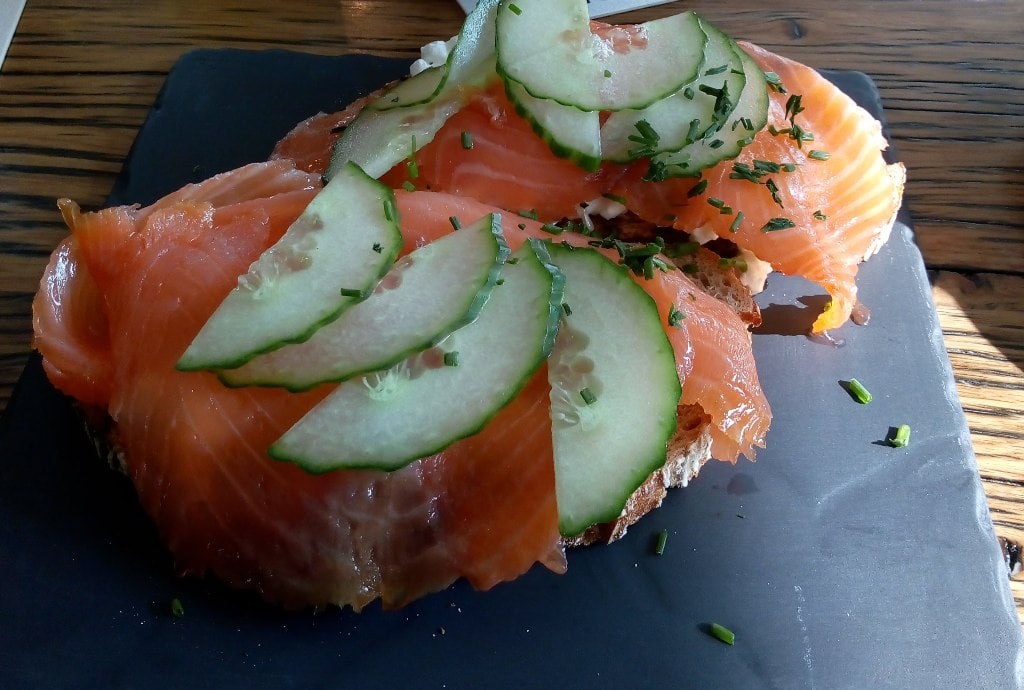
Q: Does Norway have a traditional meatball?
While sharing similarities with meatballs from various cuisines, the Norwegian kjøttkaker stands out with its distinct translation as “meat cakes.” Unlike other meatball variations, the Norwegian version features larger and less spherical patties.
Q: What are Norwegian waffles typically served with?
A: Norwegian waffles are typically served with sour cream and jam, and are a popular snack or dessert in Norway.
Q: What are Norwegian fish balls and how are they prepared?
A: Norwegian fish balls are a traditional dish made from fish, milk, and flour, and are prepared by simmering the mixture in a flavorful broth until they are firm and cooked through.
pin it to save it
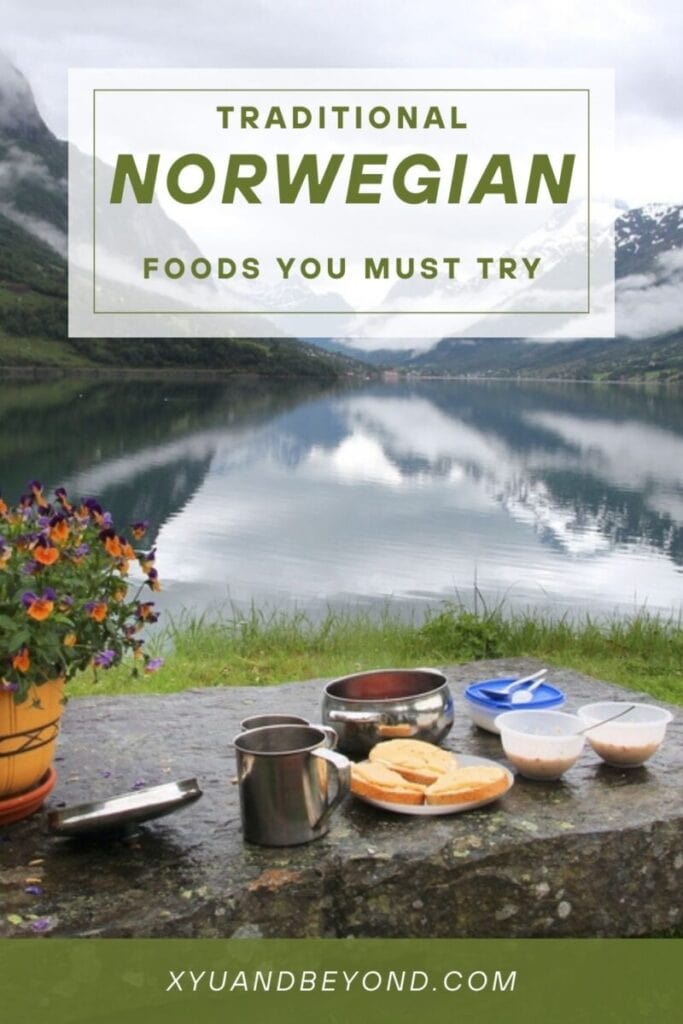

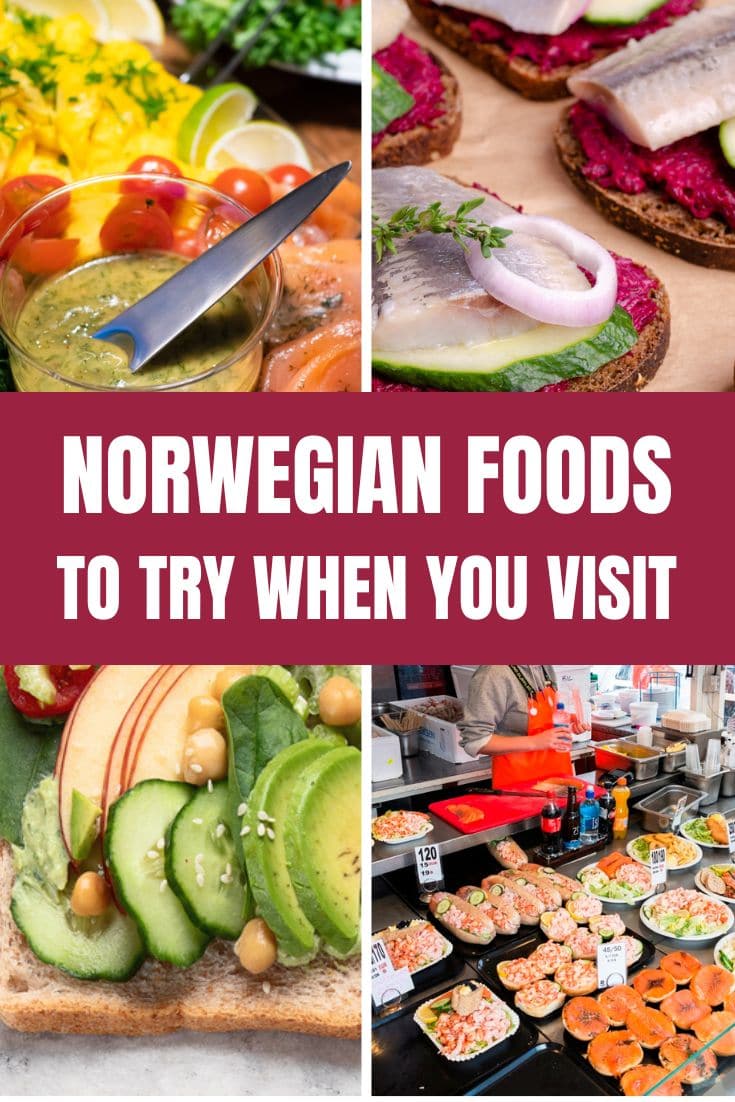
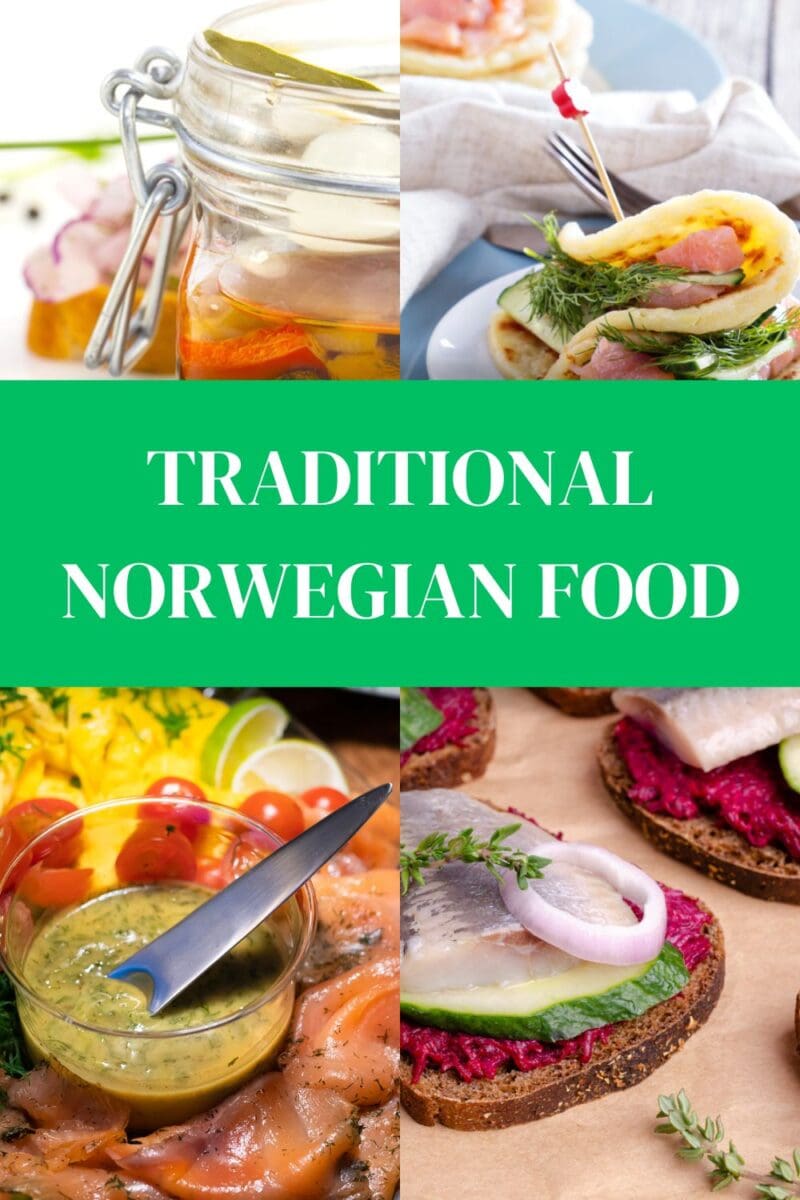
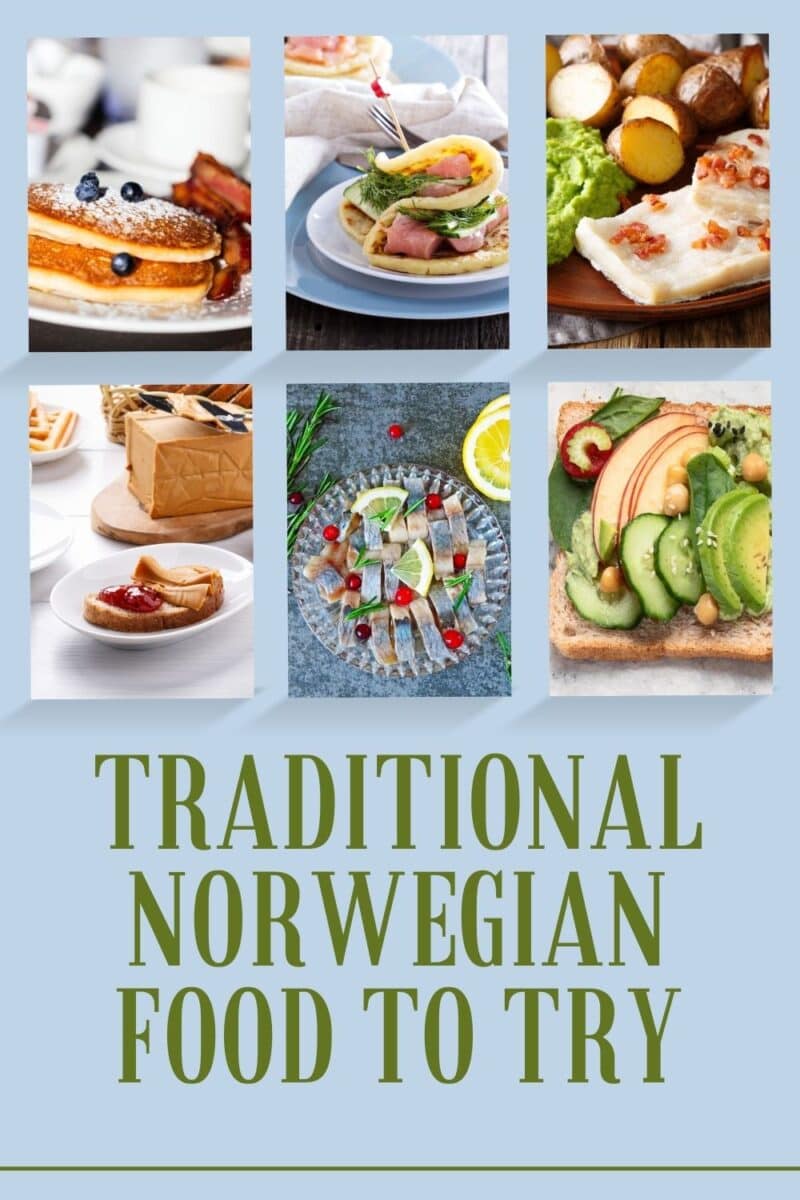
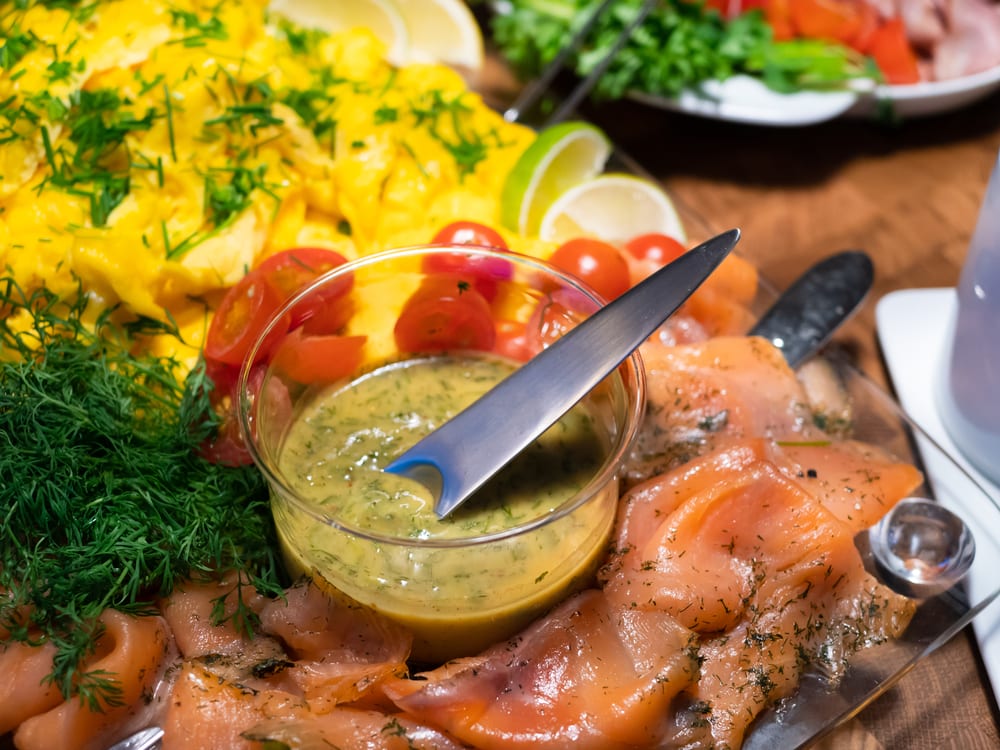
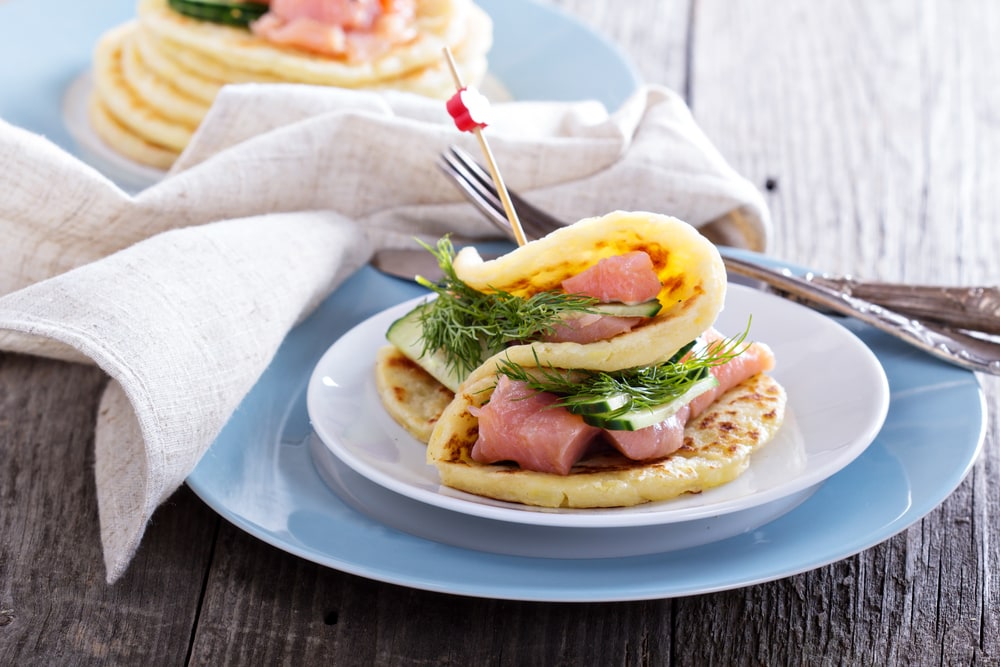
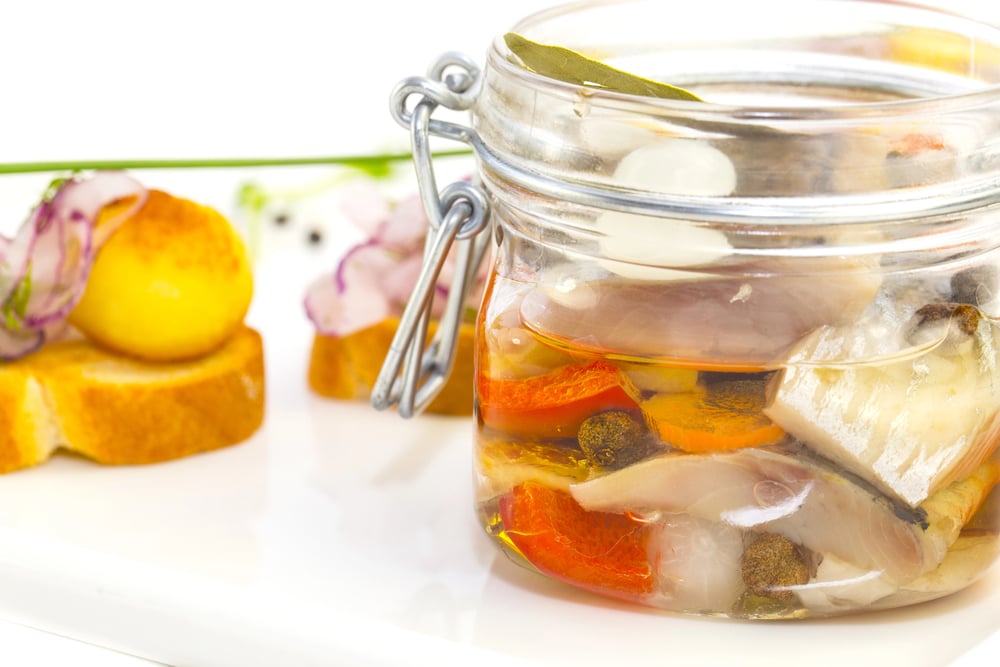
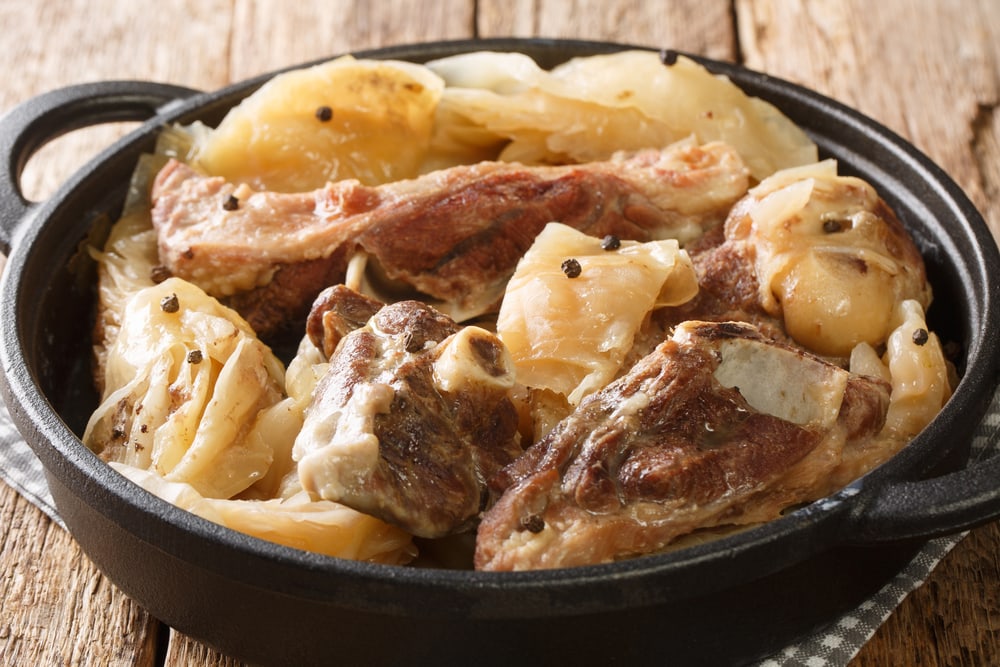
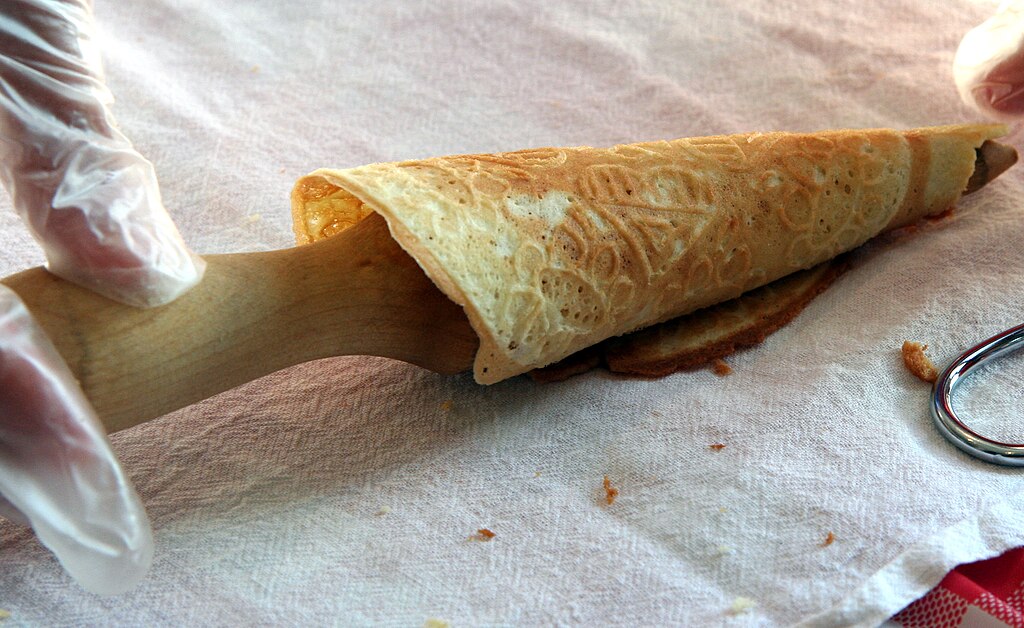 ©Jonathunder, CC BY-SA 3.0
©Jonathunder, CC BY-SA 3.0